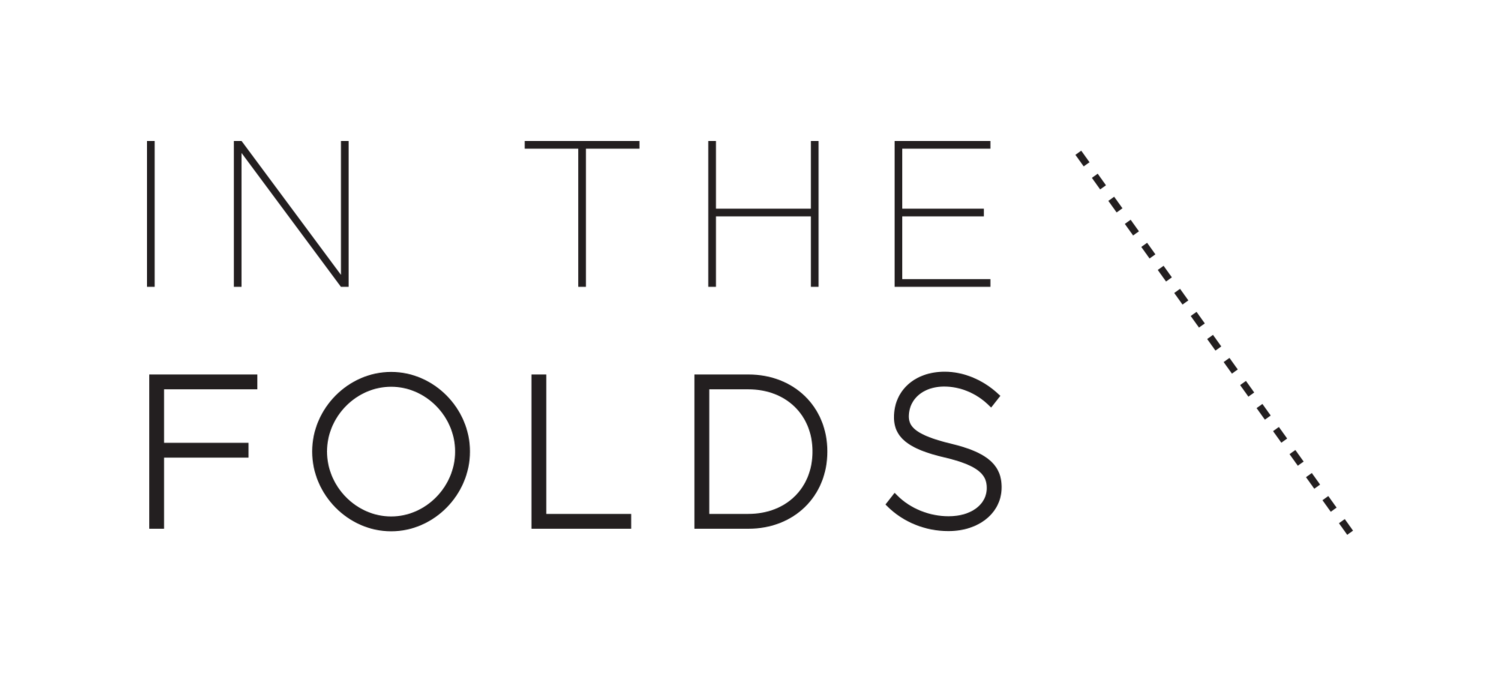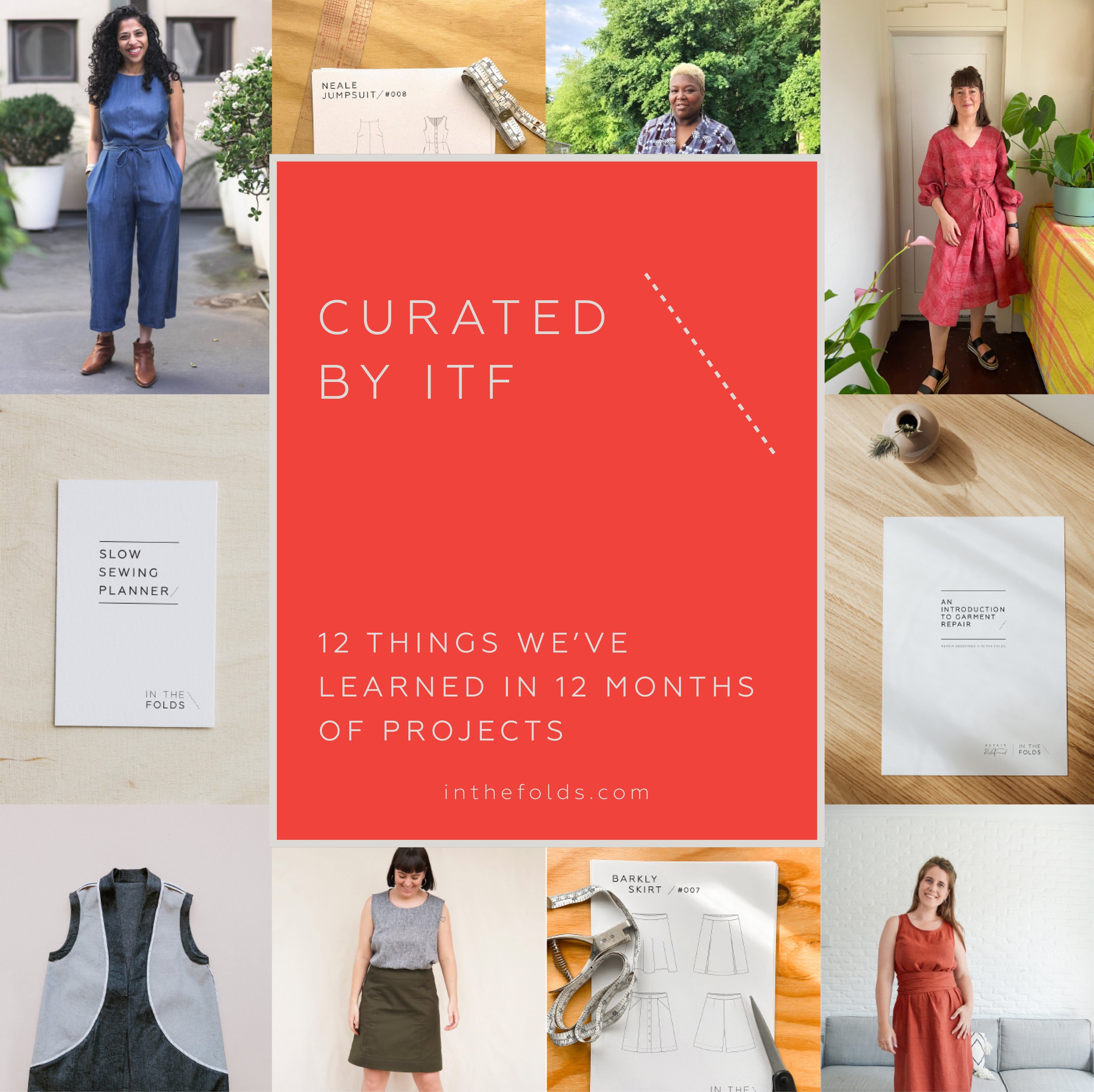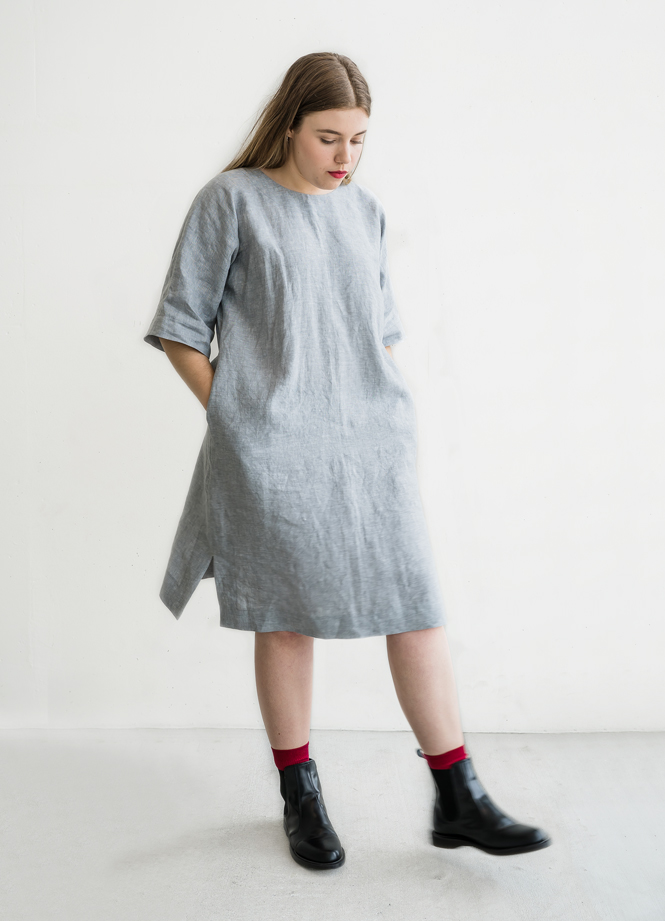Recently, the way I design garments has changed.
When I studied garment design at university we used a very hands-on approach. We drew designs by hand on paper. We played with fabric to see how they translated. It was literally design, toile and repeat... until we were happy with the outcome.
While design software has been around for a while I never felt like the results compared to what I could create by hand. Many of them have a HUGE learning curve, along with an enormous upfront cost, which just isn't feasible for a small business.
But over the last couple of years software like Clo3d has entered the market, providing a good option for small businesses like mine (as well as students and other makers). I dabbled in it here and there, but didn't take it seriously at first. My established processes for design were effective and comfortable for me. Plus, I felt I was too busy with the day-to-day running of In the Folds to try and fit another thing in.
Garment Design: Learning a new way
When a Clo3d teaching opportunity came up at the university I work at, it seemed like the perfect opportunity. And, I decided it was probably a good idea to keep my skills current!
Since teaching 1st and 3rd year subjects on Clo this year I have gained a lot of confidence using it and I've realised it's a fantastic way of working.
As I mentioned above, before using Clo3d my process involved a loose draft of a pattern and then testing, toiling and patternmaking over and over until I was happy with a design. Needless to say, it was a time and resource-consuming process!
Clo3d speeds up my process considerably and minimises the amount of resources I use, which is fantastic from a sustainability perspective - something that's very important to me. I can now do a lot of the experimentation in Clo, and have a much more resolved design by the time I get to sewing a sample and trying it on a fit model.
I can also quickly and easily test out a range of iterations - something I didn't do as much of previously because it meant redrafting a garment and making a number of new toiles to check what a design idea looked like.
The gibson LOUNGEWEAR design process
Unless you've worked in a design studio you may not have had the opportunity to see how a garment pattern is created, so I thought I'd share the process I followed to create the Gibson Loungewear design.
Alys and I also recently chatted about the inspiration behind the design, which you can watch here.
Step 1
Using Clo3d I started with a basic raglan dress shape.
I then used the cut and spread technique to add volume to the neckline. (The purple lines show where the pattern has been cut and spread.)
This is what Clo3d gave us...
It always takes a bit of trial and error to work out how much volume you want to add to a pattern, and this will also depend on the recommended fabric.
If you’re using a thick or heavy fabric, you don’t need as much volume to make an impact, whereas if you are using lightweight fabrics, it will take a lot more fabric to give you a gathered effect. Being able to test this out digitally is a huge game-changer, as you can add some volume - check it and then add more or less, depending on the outcome. This is not the case when doing it by hand - it's not so easy to add or remove volume to a toile to check how it's going to look.
Did you know, you can actually join Curated by ITF just for the community?!
If you're looking to be supported, motivated and inspired through your sewing journey, but don't want the monthly projects, then our Curated by ITF Supporter tier might be just what you're looking for. You'll receive feedback and advice from other experienced makers and make sewing besties all over the world!
I then started having a play with different iterations and began to think about a sleeveless version.
As you can see, it doesn’t look great! This is why I love being able to test things out in Clo, rather than drafting a pattern, cutting from fabric and toiling.
I am mindful that some things will look better in the flesh than they do digitally and I have a suspicion that this would have worked better made in real fabric. But it got me thinking about our customers. I know a lot of them prefer a sleeve, so thought it best to go back to the sleeve option and continue playing with that.
It was at this point that I felt happy enough with the draft to print it out and start playing with the real thing.
And eventually we came up with the Gibson Loungewear set as it is today!
I really love the hands-on element of designing and making patterns and I definitely don’t want to lose that.
But using Clo3d gets me to a point where I know that the first toile will be fairly solid. I can now cut out the stage that normally uses the most paper and fabric, saving me time and money. Two important resources small businesses never have enough of!
Have you had a chance to play in Clo3d? If so, I'd love for you to share your thoughts with me!
Happy designing,
Emily
Thank you to our models and testers!
Thank you to our amazing sample makers & models @lovemade.handmade and @the.hemline.eclectic.
Peppermint Wide Leg pants by @crookedpins
































































































































































